Where we’ve been
Over 80 local government representatives attended the forum
held on Monday 28 November at the City of Gosnells.
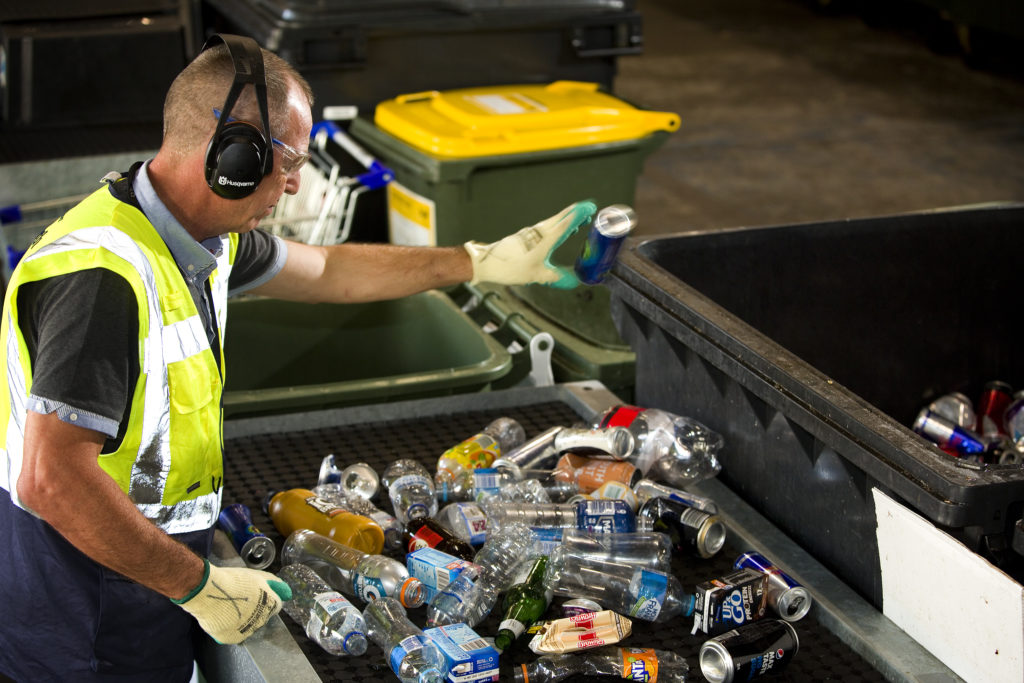
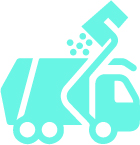
WA local governments control over 140 landfill facilities and approximately 84 waste transfer stations.
Waste and recycling facilities are considered high risk due to the increased levels of combustibles, the potential for environmental damage, and health and safety concerns.
The most obvious risk posed is environmental contamination. Clean up expenses, fines and damages, increased costs, and fines are all further potential outcomes.
Examples of waste facilities include (but are not limited to):
Waste management locations in WA have generated some of the largest claims ever managed by LGIS since the Scheme’s inception.
The consequences of a major loss can be disastrous on many fronts. Reputational costs can be substantial, and they may affect how your community views your operation.
Over 80 local government representatives attended the forum
held on Monday 28 November at the City of Gosnells.
WALGA and State Council take their responsibility as Trustee of your Scheme very seriously and regularly review the Scheme and the services provided to members.
The 2021 LGIS WorkCare Forum was a great success, packed with speakers across a range of disciplines the WorkCare Forum
Waste facilities have evolved from past models of landfill-only operations to sophisticated waste transfer stations including refuse recovery, recycling, and waste composting functions.
A waste facility is not a risk-free environment and it is not possible to remove all risk to the public, however as the operator of these facilities, your local government is subject to legislative and common law duty of care obligations to ensure the facility is as safe as you can reasonably make it. In general terms, this duty of care is determined in reference to the foreseeability of risk, the likelihood and severity of risk, and whether reasonable action could have been taken to eliminate or mitigate the risk.
While it is less common for the public to have access to the landfill tip face these days, there are still challenges with managing public safety at waste facilities.
The risk of harm to the public who access these facilities is real – when disposing of items at transfer stations, people are often faced with unfamiliar hazards such as falls from height, slips and trips and heavy vehicle movement/interactions.
Depending on the layout of the facility, people may also encounter risks associated with excavated areas (e.g. asbestos and animal disposal pits, and sewage/liquid waste ponds) and have free access to other waste areas. Where there is free access there is often the temptation to interact with and scavenge for disposed items, some of which contain multiple hazards.

With your duty of care in mind, it may be possible to manage risks by making improvements at the facility. This is achievable partly through good design of the facility and implementing other controls focusing on the operational aspects.
Supervision of public access and movement around the site is one of the most important and effective operational risk controls. However, adequate supervision often requires a balance between providing a facility for the community to dispose of waste, and limited resources to manage safety at this facility.
Some additional control considerations are:
• Used oil and chemicals in appropriate containers on bunding to capture spills. A bund is an embankment or wall of brick, stone, concrete or other impervious material, which forms the perimeter and floor of a compound and provides a barrier to retain liquid – the main part of a spill containment system.
• Lead acid and other batteries separated where required and place in purpose made battery storage containers.
• LPG and other pressurised gas containers stacked and stored per requisite standards.
• Combustible items such as tyres, cardboard/paper, green waste and mulch with appropriate fire controls including separation/fire breaks, monitoring of compost/mulch piles to reduce likelihood of spontaneous combustion, and ensuring availability of fire suppression equipment.
• Clothing bins considering design and the risk of entrapment.
It is also worth considering the risks involved in providing certain disposed items for either resale or re-use to the public. Certain items come with safety obligations that apply in circumstances of re-supply. Some of these items, particularly if defective, could pose a risk of harm to the end user exposing you to liability risk, or at least reputational risk as the supplier.
Electrical items certainly fall into this category. There are electrical safety standards that apply to electrical goods and this includes requirements under the Electricity Act 1945 (WA) and the Electricity Act Regulations 1947 (WA), along with guidelines and standards adopted by this legislation. Standards Australia publish specific standards in relation to ensuring the safety of second hand electrical equipment. For example AS/NZS 5761:2011 ‘In-service inspection and testing – Second-hand equipment prior to sale’ specifies, “Prior to sale, the vendor shall confirm that the electrical equipment is operationally safe to use by determining that the equipment is free of obvious defects which may cause harm to the person or property when properly installed, maintained and used in applications for which it was made.” Compliance with additional standards requires testing and inspection by competent persons to ensure electrical safety. Further information relating to the importing selling and hiring of electrical appliances can also be found on the Department of Mines, Industry, Regulation and Safety website.
There are other items that could present a high risk in a resale
or re-use situation including products that may attract scrutiny from the Australian Competition and Consumer Commission (ACCC) regarding safety (refer Product Safety Australia: http://www.productsafety.gov.au/)
Many local governments have adopted an approach in relation to restricting items accepted for resale at waste facility recycling shops. If you are uncertain about the type of items to accept and offer at recycling shops, seek advice from the Department of Mines, Industry Regulation and Safety – Consumer Protection.
If you have any questions regarding your liability risks at your facilities, please contact the LGIS risk management team or your regional risk coordinator.

Site safety is paramount at all local government facilities, particularly those with higher risks like waste facilities. You can maintain site safety through careful planning, the provision and utilisation of appropriate equipment, and worker training. Accidents can be minimised by effective site management, implementation of safety processes and training programs.
These programs should include the following:
The most common hazards associated with waste facility operations include:
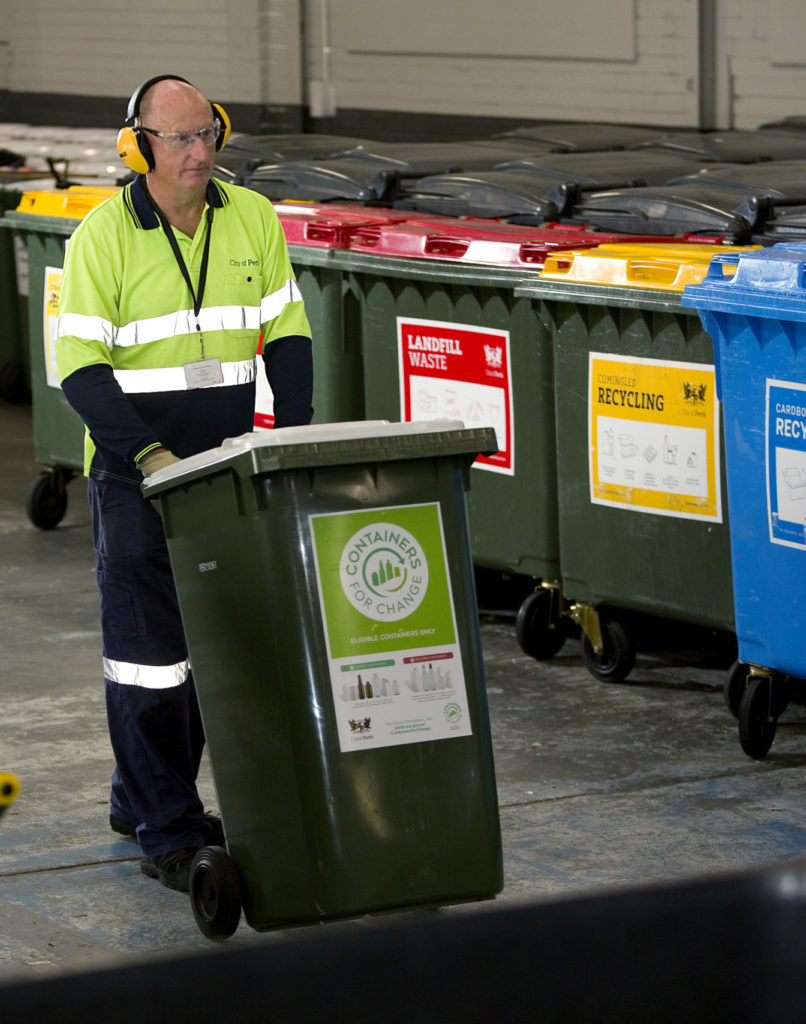
Workers should be adequately trained in all safety aspects and processes in the operational area. Examples may include:
All workers should have the appropriate PPE. High visibility clothing should be provided and worn. Safety boots and/or wellingtons should be issued to all workers. Gloves should be issued as required and should be puncture resistant and suitable for the relevant task.
Safety helmets and eye protection should be available as necessary. Hearing protection should be available for those working in high noise areas. Workers work in all weather conditions and should be provided with suitable windproof wet weather clothing. It is essential for management to take the lead in personal safety and establishes the standard expected for all workers.
Some additional safety items which may be considered, are:

For more information on managing WHS risks at your facilities, contact our knowledgeable WHS team on 9483 8868 or your regional risk coordinator.
Over recent times, there have been a number of major fires associated with the operation of waste facilities, including landfill and waste treatment sites. Major waste facility fires or hazardous materials incidents can take an extended period of time to control and in the past have resulted in evacuations of local communities and injuries requiring first aid and hospital treatments.
They can also cause short and long-term environmental harm. Fires can generate a hazard to the environment from toxic smoke plume, firefighting water runoff (likely containing waste contaminants) and direct thermal and smoke damage to buildings and structures. From research, the potential fire size can be closely correlated with the nature of combustible waste materials being stored or processed, stockpiling arrangements, on-site fire safety systems and emergency response planning of the respective site.
In addition, a loss of or reduction in waste acceptance and processing capacity can have significant issues for waste stream management in WA.
Effective risk management frameworks and practices ensure the frequency and severity of fires at waste facilities is reduced.
Waste fires have demanded significant fire service resources over multiple days to extinguish. The largest and longest-lasting fires often involve large stockpiles of unsorted waste with inadequate separation, where physical removal, separation and extinguishment is required. These fires also result in major pollution impact on the community, especially from smoke, which is unable to be contained.
Guidance on fire safety for waste facilities requires case-by-case consideration of the special hazards unique to each facility. DFES Fire Prevention and Management in a Recycling Facility guidance note provides broad principles to plan, manage, assess or determine the risks and measures applicable to any given facility in the absence of any other requirements.
It is imperative every facility has an emergency management plan that is updated annually. When developing your emergency management plan, ensure that it:

For assistance in managing these procedures, please contact the LGIS risk management team or your regional risk coordinator.
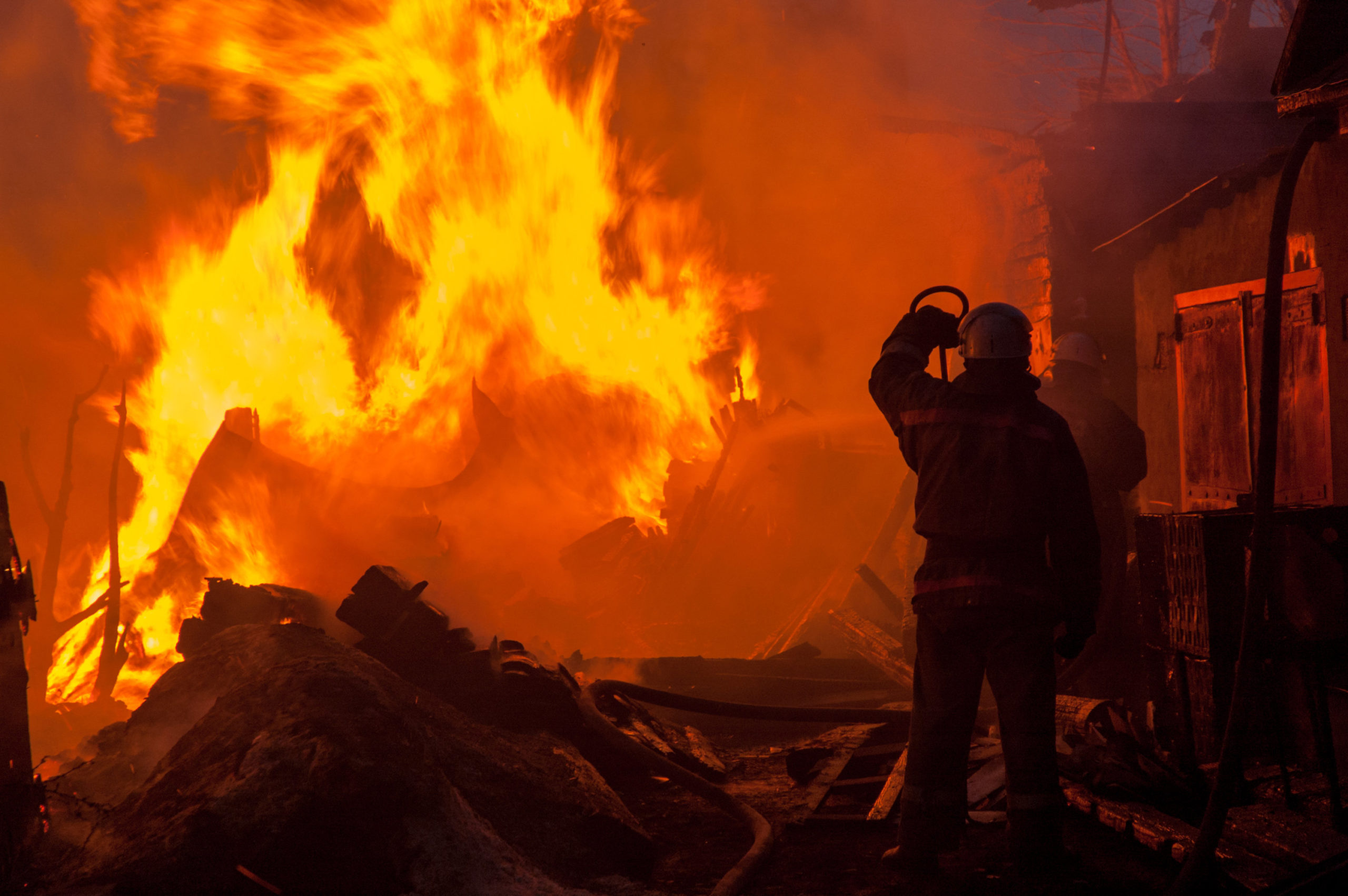
Our claims experience at local government waste facilities demonstrates the risk of harm waste facilities can pose. The LGIS Liability Scheme has paid just under $1M managing personal injury claims on behalf of members. Falls is one of the most common causes of injury claimed at waste facilities, making up around one quarter of claims received. More broadly, the LGIS Scheme has covered over $35M in losses arising from waste facilities across all protection classes, including two of the largest losses being the fires at the South Metropolitan Regional Council and Shire of Brookton tip.
On 25 November 2019, a fire destroyed Cleanaway’s main recycling processing facility in South Guilford. This affected the majority of metropolitan local governments’ recycling operations but the contracts with Cleanaway provided that Cleanaway was responsible for arranging alternative recycling services – so for many this was not an issue.
However, three local governments were in the final stages of renegotiating agreements with Cleanaway when the fire happened and as such, Cleanaway denied it had any contractual responsibility to arrange alternative recycling services to these three local governments – this meant that these local governments may have had to bear the costs of these alternative recycling services (although they maintained Cleanaway was contractually obligated to provide these alternative services).
The Property Policy has an extension to its Business Interruption cover (which indemnifies local government members for any additional costs as a result of damage to its property which causes an interruption to its business) that will also cover any additional costs as a result of business interruption caused by damage at a supplier’s premises – which was the case in this instance. Consequently, the Policy responded to all three local governments’ additional costs (being the additional recycling costs) as a result of the fire at Cleanaway’s facility.
However, Cleanaway eventually covered the additional costs for two of the local governments (meaning we only incurred some legal costs). That said, the Property Policy paid out approximately $1m to the last local government for their additional recycling costs.
The LGIS claims team is here to assist you and provide advice, guidance and strategic management of claims to reduce potential liability exposures and claims’ costs by prompt identification and processing.
LGIS has a robust protection regime covering some of the key exposures you face. The table below outlines incidents relating to the hazardous nature of waste management facilities, and which policy provides coverage.
| COVER | KEY EXPOSURES – SPECIFIC INCIDENTS |
|---|---|
| LGIS Property | Waste/recycling facilities account for approximately 20% of all claims paid for by LGIS Property. More broadly, in 2016/17 alone there has been over $50M in property-related claims in the recycling industry in Australia. |
| LGIS WorkCare | There have been three fatalities (including contractors) and 78 workers compensation claims in the past five years relating to waste incidents. |
| LGIS Liability | In the early 90’s the Shire of Brookton was involved in a tip fire, which resulted in a devastating bushfire and one of the largest claims in LGIS’ history. The most common liability claim arising from this class of activity is person and plant interaction which, given the operations, is not surprising. |
| Pollution Legal Liability Cover | Incidents involving accidental environmental contamination arising from migration of pollution conditions affecting land owned has resulted in individual claims in excess of $20M. Following a review of local government, LGIS fully funded a pollution legal liability policy in 2016 to benefit the sector. |
| Management Liability – Statutory Fines/ Penalties Cover | Successful prosecution by the Department of Environment Regulation and WorkSafe in relation to site management and safe work practices. Fines, penalties and defence costs in relation to these breaches can be significant and are normally associated with damaging media coverage. Please note, from 2022 fines and penalties will not be covered as per changes to the Work Health and Safety Act. |
There is an ongoing reluctance in the market to accommodate this occupancy class (waste). Inside Waste magazine states that realistically, businesses should be prepared for premium increases of at least 10-15 per cent. This is due to a number of factors. Claims for natural disasters have eaten into the pool of funds reserved for paying claims, with the result that insurers’ profits have more than halved. The recent fires, cyclones and storms have inflated claims for damaged buildings and plant, while liability in all areas have also contributed to the cost of claims.
This highlights the increased need for better, and more proactive, risk management in these facilities.
In 2021, LGIS risk consulting undertook 10 site risk reviews of member waste facilities to determine the property and liability risks associated with the management and operation of these facilities.
The reviews were completed against the principles of the Australian Standard for Risk Management (AS/NZ 31000:2018), and guidelines issued by various state government bodies across Australia, to identify the risks to council-owned property, the environment and members of the public and where applicable provide recommendations for improving the management of risks and ensuring that all member waste facilities strive to meet a set of ‘Minimum Standards’ which define the required safe operating practices for all facilities.
Six of the 10 site received less than 70%, which is considered a poor result with significant room for improvement or a greater level of inherent risks.
Common themes:
These reviews will be continued into 2022.
To discuss your local government’s protection, please contact your LGIS member services account manager directly.
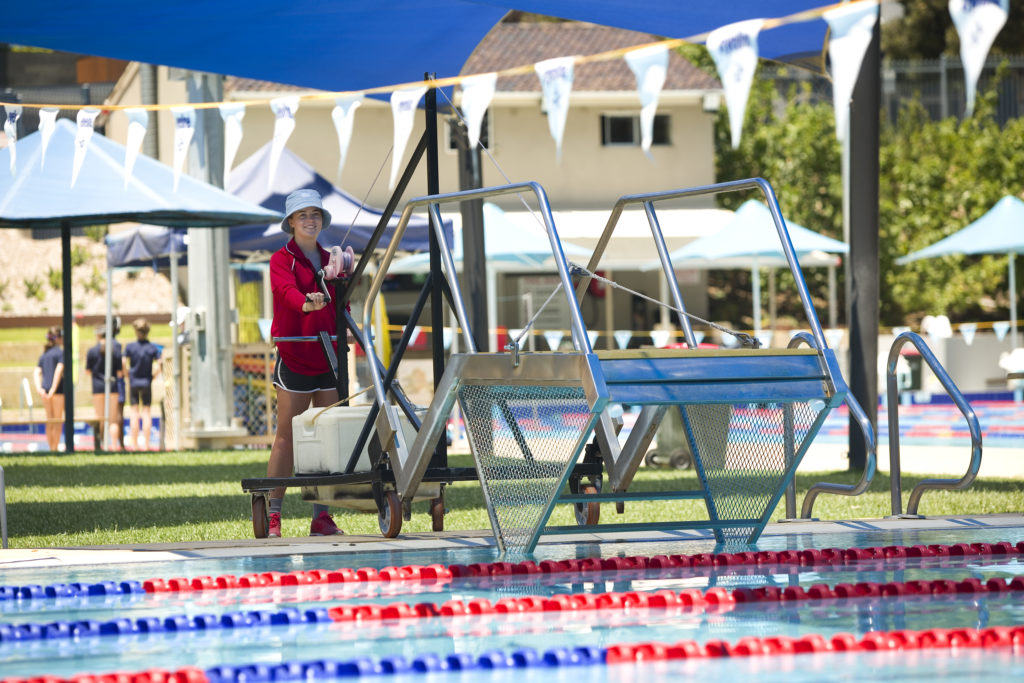
Aquatic centres have unique risks – along with the usual physical risks like lifting, there are also high-risk processes of managing pool chemicals and moving chlorine, often while the public are utilising the facilities.

WA local governments control over 140 landfill facilities and approximately 84 waste transfer stations.
Waste and recycling facilities are considered high risk due to the increased levels of combustibles, the potential for environmental damage, and health and safety concerns.

Conflict in the workplace is almost an inevitable part of working life.
It is common to have disagreement with colleagues due to the fact that you are working with people who have different working preferences, personal values, and working styles.
LGIS is the unifying name for the dedicated suite of risk financing and management services for WA local governments, established by the WA Local Government Association in conjunction with JLT Public Sector (part of the Marsh group of companies). LGIS is managed by JLT Public Sector (ABN 69 009 098 864 AFS Licence 226827).
Risk Matters, via this website, is designed to keep members, their staff and elected members informed on topical risk management and insurance issues and LGIS programs and services.